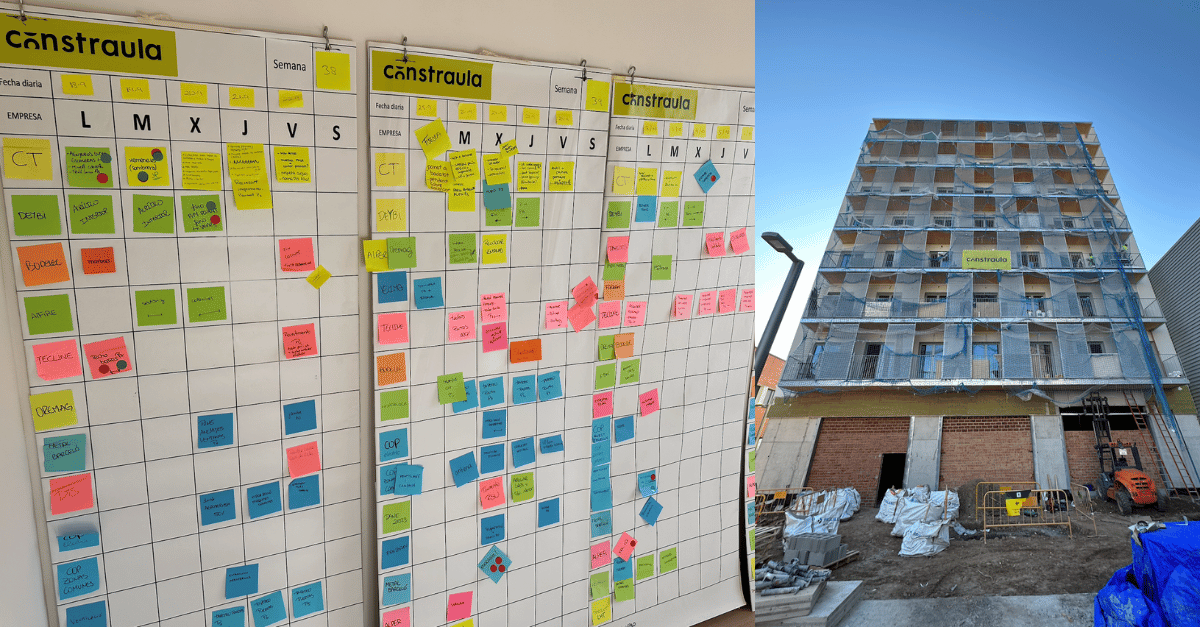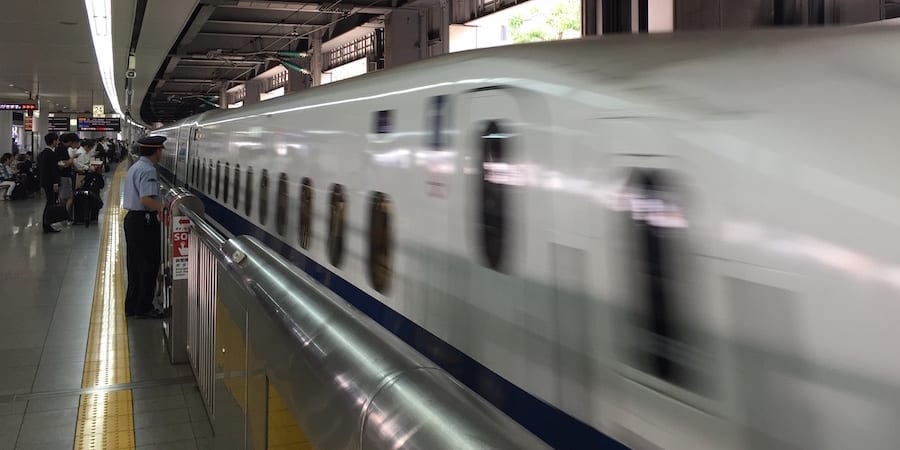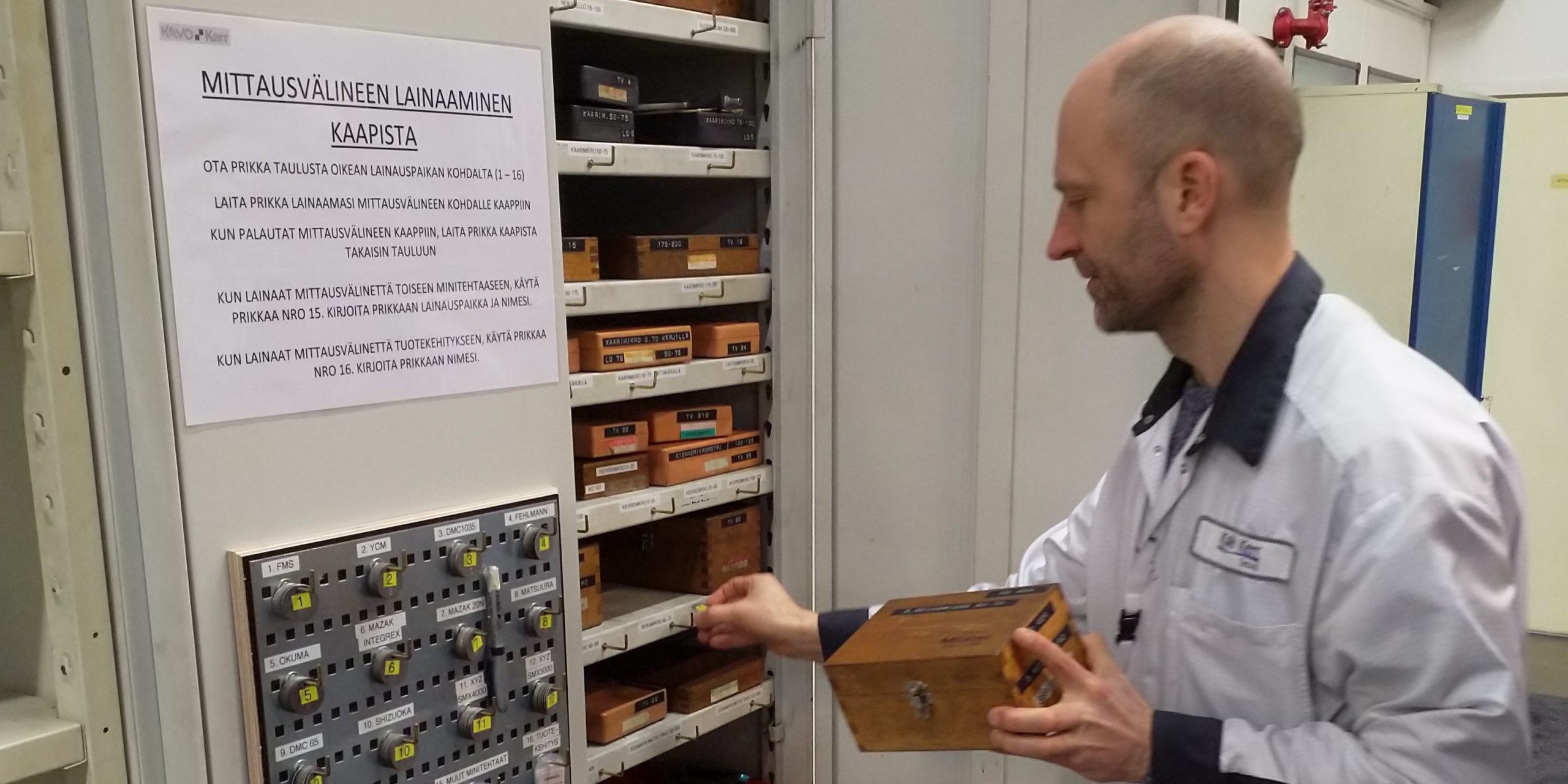
Three strategies to reuse product knowledge
FEATURE – Developing new products faster than our competitors can make or break a company. The authors share three strategies to reuse our engineering knowledge and build a competitive advantage.
Words: José Roberto Ferro and Fernando Rodrigues
Today’s highly competitive market requires companies to engage in ever faster technology development while maintaining costs under control, in order to cope with increased pressure from ever more elaborate customer demands.
Reusing knowledge is one of the most useful approaches to shorten time-to-market cycles, to reduce risks and costs, and to increase the chances of success.

As we can see, if we compare an approach that doesn’t focus on reusing previously developed knowledge (A) with another that emphasize reusing knowledge (B) we can see two clear alternatives emerge at the end of the development of Product A cycle, when the time comes to develop a new product (Product B):
- the knowledge generated from product A development wasn’t captured and utilized. The company will probably have to learn how to fill all the gaps from scratch, resulting in a much slower and costlier process.
- the knowledge from product A was captured and stored, so it’s possible to create the (new) product B without having to start over resulting in a much faster launch through the knowledge reuse.
STRATEGIES FOR REUSABLE KNOWLEDGE
We identify three main strategies to learn how to consistently and effectively reuse knowledge created in previous developments: using knowledge coming from outside the company, using knowledge from inside the company, or efforts to reuse the knowledge in the context of generating completely new knowledge.
- Utilizing knowledge created outside the company. Other companies from the same market or even from very different sectors can be the source of knowledge. Playing catch up with competitors to accelerate our learning curve is a common reactive strategy, frequently the faster way to identify and deploy mature technologies that can be used in a new product development. For example, a technology used in the aerospace sector could be used to reduce time and investment in a product development for the oil & gas industry. The downside of this approach is that these technologies are typically public domain and rarely provide a unique competitive advantage.
- Deploying internal knowledge from previous developments. Knowledge that are well understood and tested in previous development allows you to immediately leverage and reuse mature technologies and processes that are part of the company’s IP. There are many examples of this, like automotive companies sharing the same body chassis across different cars in their lineup. Although there are many instant benefits, this approach doesn’t bring novelty as it is a technology that already exists in the market and that might be copied by competitors.
- Stimulating knowledge reuse within the generation of new knowledge. By using the set-based concurrent engineering (SBCE) innovation approach – a system that generates multiple possible solutions during the development process (the opposite of traditional point-based design) – it is possible to create potential breakthroughs within multiple development cycles. Because in SBCE several ideas are being developed at same time, every new development creates several new concepts that won’t all be adequate for the situation at hand. These solutions can, however, continue to be worked out and further tested to be (re)used in future new product development cycles. This approach gives a company the biggest chance of developing a competitive advantage and even creating a revolution in the market.

The body of knowledge we build must be easy to access, visible and providing clear information, which becomes critical when, for example, we need to understand the effects in the design of a specific parameter being changed.
One good solution to capture knowledge in an easy-to-use way is represented by trade-off curves (ToC). These help us to define the optimal alternative in the presence of conflicting elements, where choosing one option impacts the other. It allows a team to reuse knowledge that might otherwise be lost. The trade-off example below illustrates the limits of a specific car exhaust system between noise level and back pressure, which reduce engine performance. In a simple sheet, engineers can evaluate both parameters and select what would fit in their design.

A FEW RECOMMENDATIONS
Reusing knowledge should be a key element of any product development strategy to create new value for customers. Companies should make it a common practice in their development work, always considering opportunities to reuse existing knowledge and only developing something new when it is necessary.
The best moment to assess those opportunities and define a reuse strategy is the study phase, when key decisions and assumptions are made. This is when a small team focuses on deeply understanding customer needs and problems and comes up with ideas around the new product vision and specific desired features. The result of this work is the Concept Paper.
After defining the product vision, scope and features, the project leader – along with senior sponsors – can decide on what experiments should be carried out in order to generate the required learning, what the sources of knowledge (internal or external) are going to be used, and how much knowledge reuse can be planned for in order to provide the most value for the customer.
A solid study phase can set the agenda for knowledge reuse and reduce the chances of waste and uncertainty plaguing the development of a new product when what needs to be learned has not been clearly defined.

THE AUTHORS


Read more


CASE STUDY – Thanks to Lean Thinking, this Spanish construction company was able to deliver a challenging project in one year, well ahead of schedule. Here’s how they did it.


FEATURE – How many times do we hear people say lean is not for them because “it’s a Japanese thing”? After spending 18 months in Japan, the author explains why the country’s culture is not necessarily "lean by nature".



NEWS - LGN's Polish affiliate is taking part in a European project to shed a light onto the development of meta products.


FEATURE – When people become enthusiastic about improvement work, there's no limit to what can be achieved. Join the author on a visit to a Finland-based manufacturer, whose lean efforts range from production to customer service.

